Independent Collectors
Issa Masé
Emerging Collectors - The Ori House
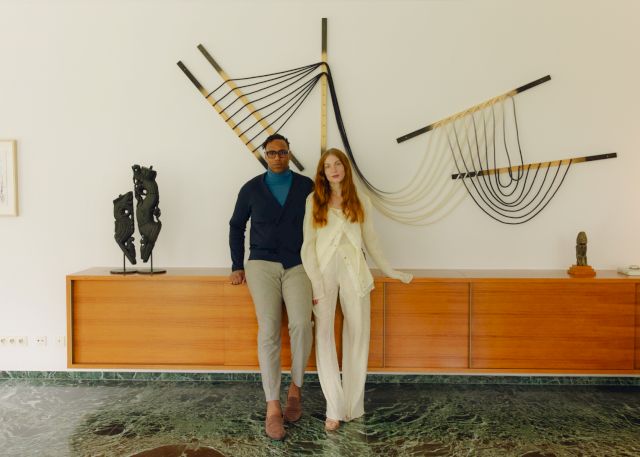
The Ori House is the exploration of collectors Issa and Lisa Masé on art and interior design. Working with a small collection of contemporary artists; forms, materials, and concepts intertwine to an outstanding interior design concept with art as center piece: The art resonates with an inherent interior sensibility and the architecture of the Ori House.
Interview with Collector Issa Masé, Co-Founder of The Ori House
What was the first piece of artwork you purchased and when was this?
I would say I began collecting before realizing. My first ever investment into art was in 2013 when I purchased 3 pieces from Chicago native artist, LeftyOutThere. I have one of his first paintings, “Face The Line”, and 2 of his first furniture pieces from an immersive art experience featuring multiple artists, curated and created by a collective and agency, Canvas Chicago. I immediately knew that I wanted to be a part of bringing artists and communities together. This experience framed the way I approached, collected and created art and exhibitions moving forward. After this I began working with a lot of the artists that are now part of our current private collection and, the rest is history, as they say…
How has collecting changed your approach to art?
Initially, I was just looking for connection and a mirror of self and identity in much of the same way we all do. I wanted to put ideas and experiences in my living space that were impactful and engaging but also represented something bigger. When Lisa and I started our family and embarked on that journey, the importance of how our children saw us engage with our space and our creativity almost began to feel paramount to the world we wanted to create. It’s why we call our collection, home, and creative collective “The Ori House”.
I am a West African, hailing from Cameroon but grew up most of my life in foreign lands and cultures, between the US and now Germany. “Ori” is a Yoruba word, rooted in West Africa and refers to one's spiritual intuition and destiny. One obtains alignment with their Ori, by achieving balance with the physical and spiritual. We wanted to create a space that fostered this for each of us individually, as a family, and as creatives. Collecting art is now a part of our lives in more than just a pursuit or hunt for the interesting.
Since starting, we have evolved into doing work as an innovation studio with a mission to address contemporary art accessibility for underrepresented communities and artists via technology. We started by designing a first-of-its-kind, immersive Metaspace gallery for The Ori House to showcase the art and stories of our artists more interactively. We hope that our work in innovation will start as a catalyst for other galleries to use technology to widen the reach of the artists in their spaces, add depth to the stories of the art with additional layers of media, and create deeper connections between artist, their artwork, and the viewer/collector.
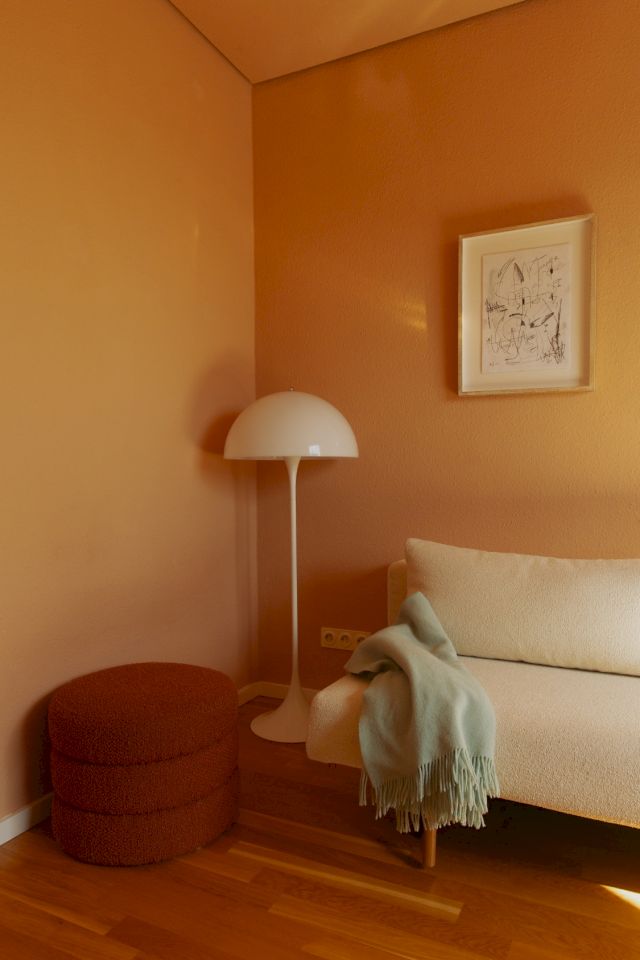
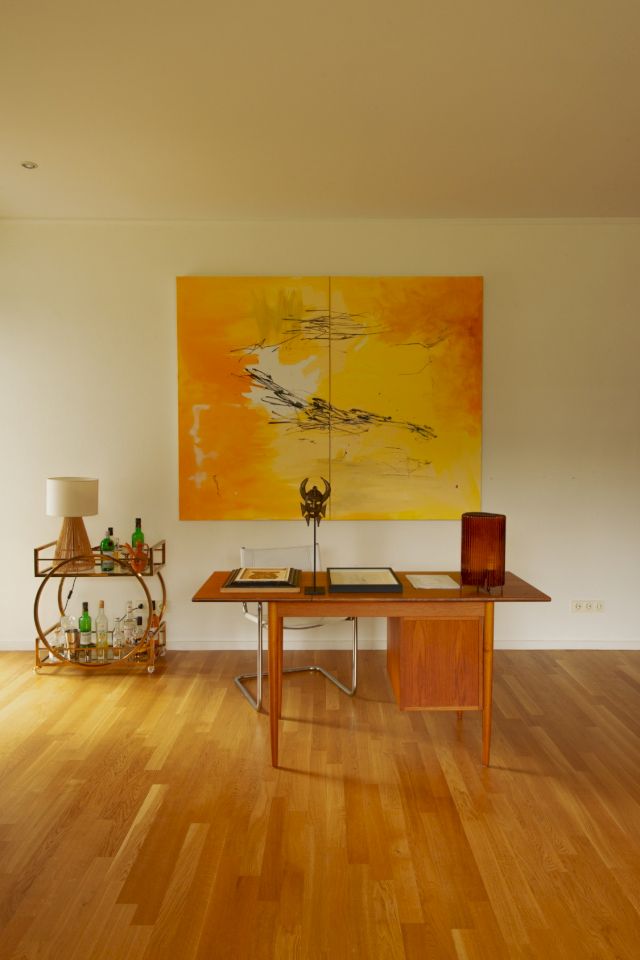
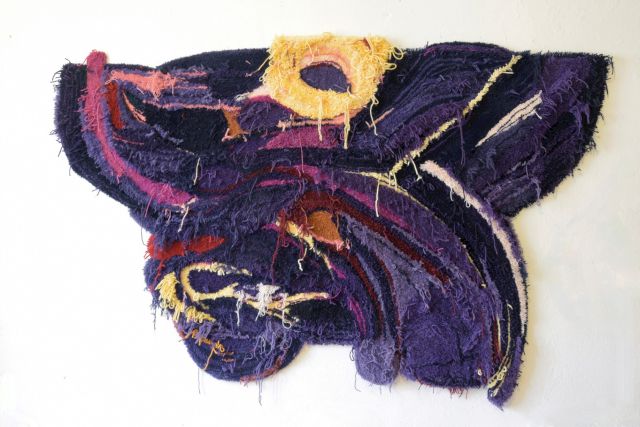
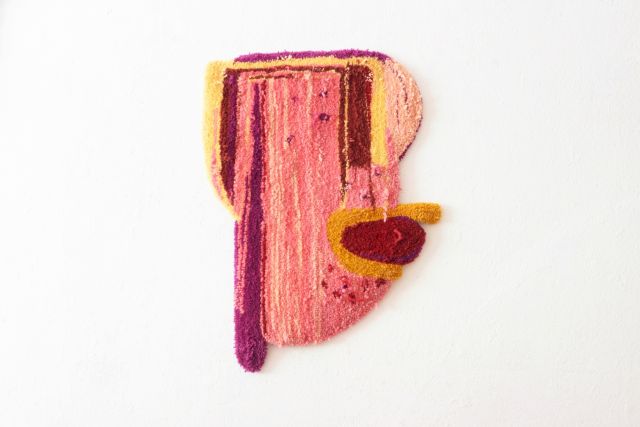
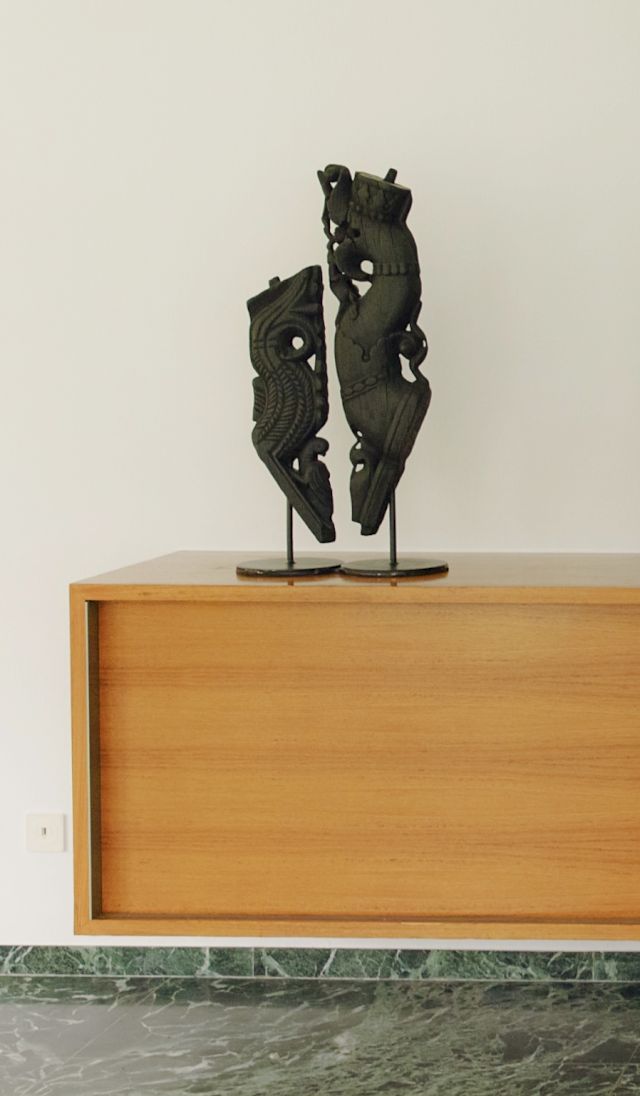
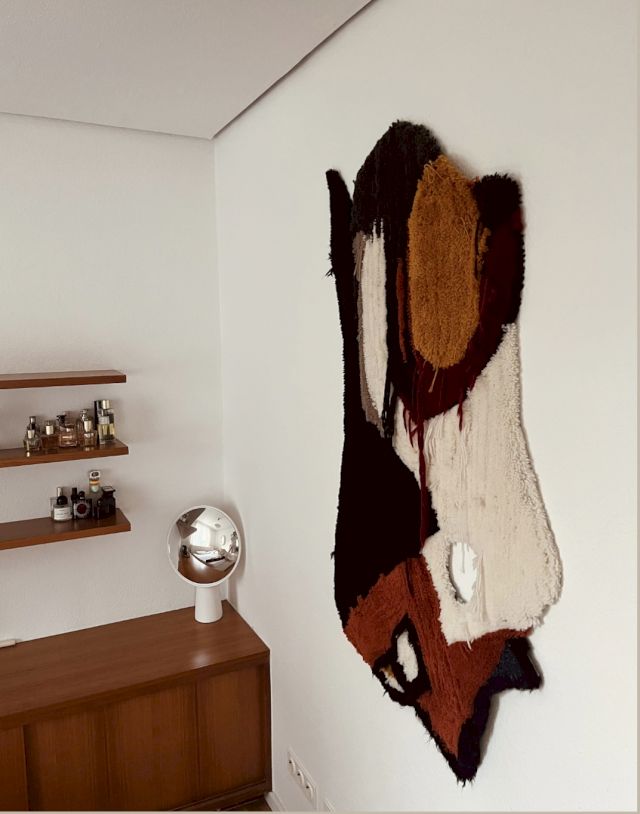
What has been the most challenging work of art in your collection for yourself?
The rope piece “Falling Lines”, that we created in collaboration with Seth Damm, took over a year and half of development work during the pandemic. We wanted to create something that would fit a space which featured a lot raw, strong materials and angled walls and lots of natural views and light, so we decided to take an approach that could grow and shift in shape with needs or the desires of the viewer and the results were a piece that used leverage, gravity, tension and fluidity while also remaining minimal and impactful. The piece has come to represents that feeling of triumph in overcoming uncertain times by maintaining a sense of identity and flexibility.
In what way does your collection reflect personal growth for you?
The art is also representative of ourselves at different stages. The Pandemic, Adulthood and Parenthood have been isolating for us over the last few years. Especially moving away from family and friends as we grow our own family and enter our own lives. Our space is where our inner voices resonate. We were missing community and interactions with people so the art in our home began filling that void in connection. The art represents the beliefs that we don’t get to talk about very often but are fundamental parts of who we are. Art and artists are the gateways for us to express our ourselves and participate in the conversations of our times.
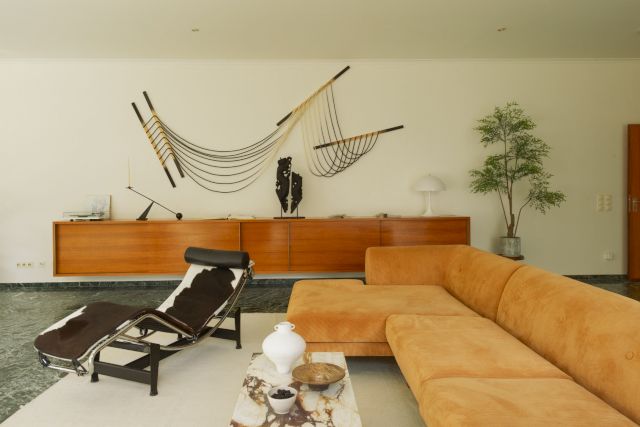
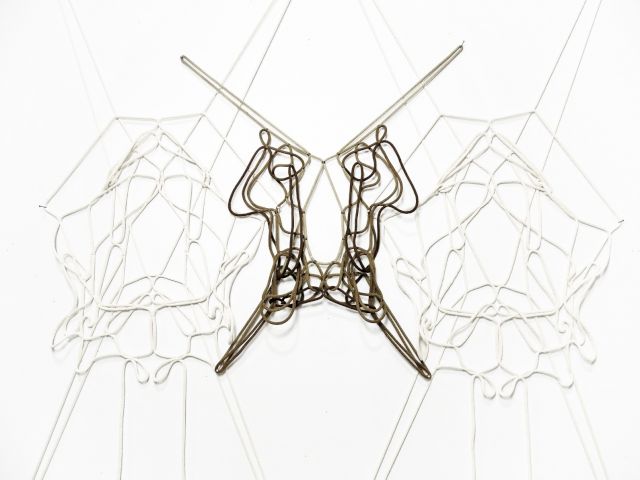
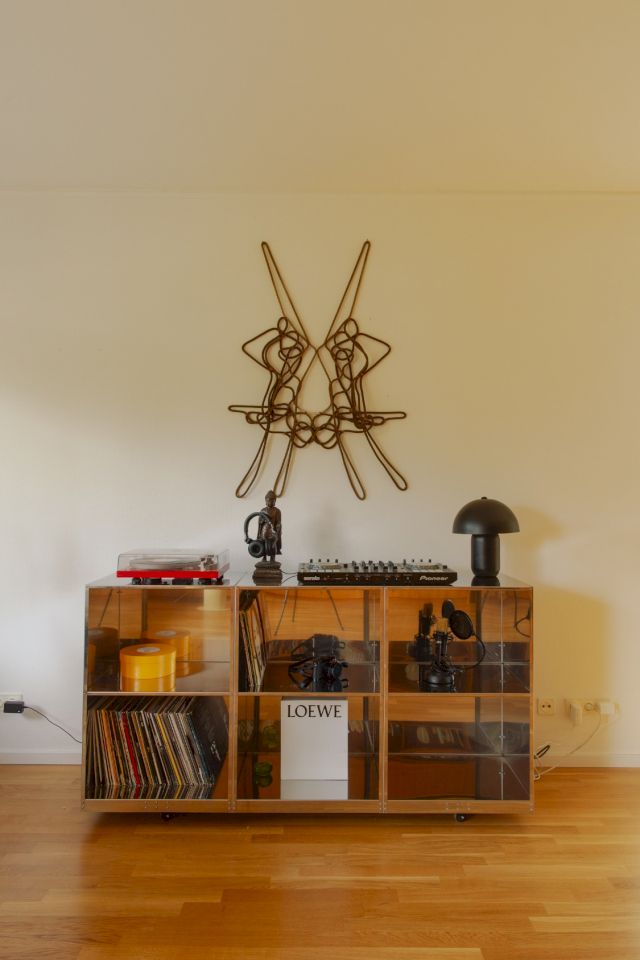
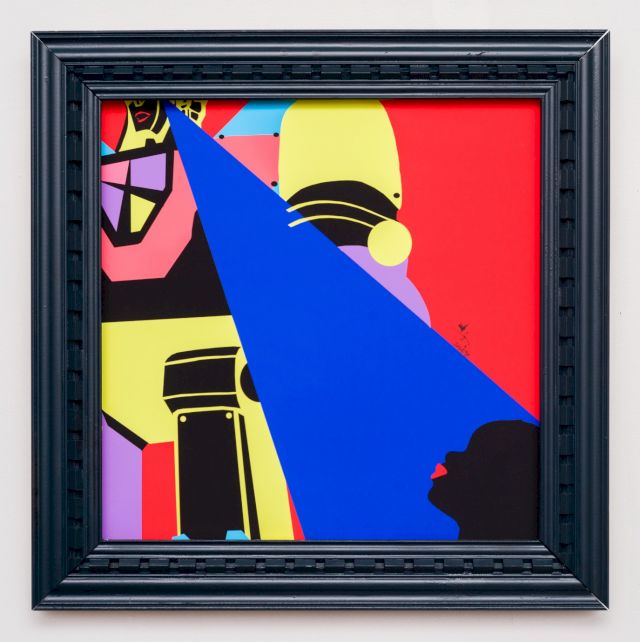
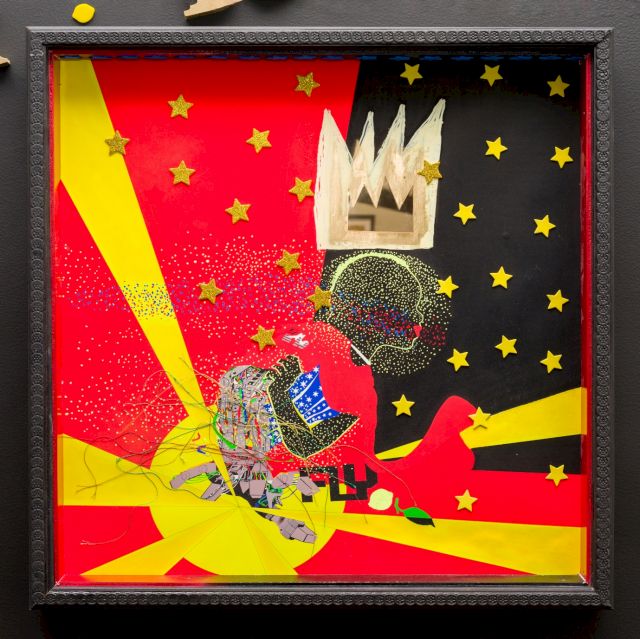
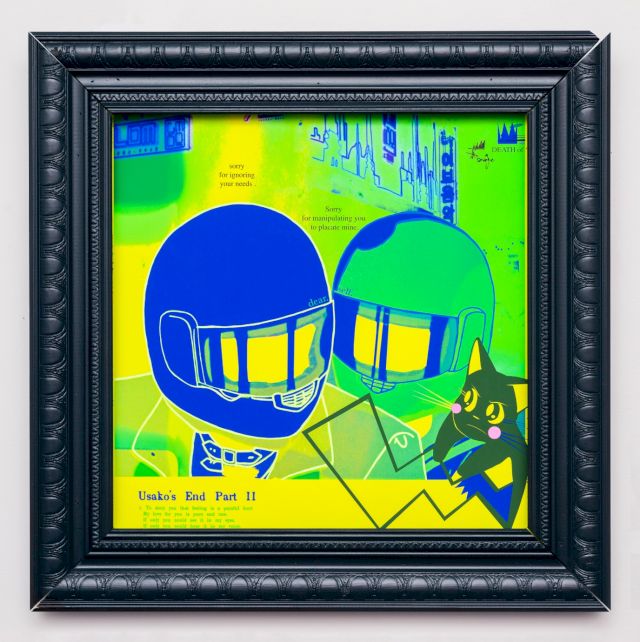
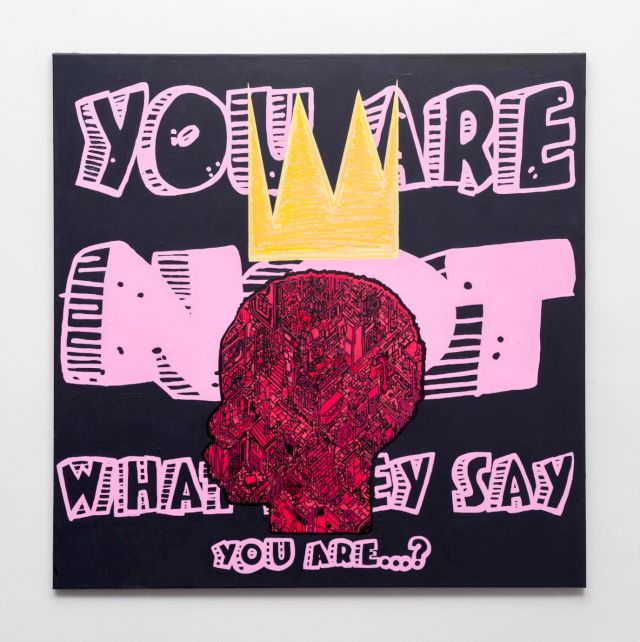
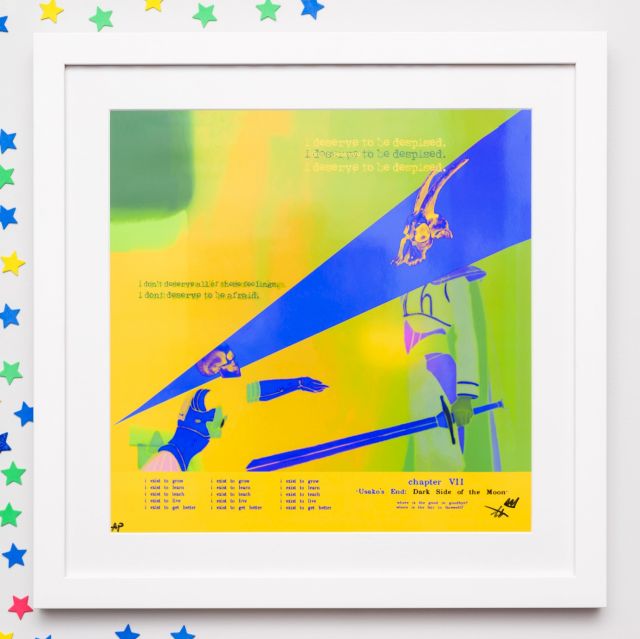
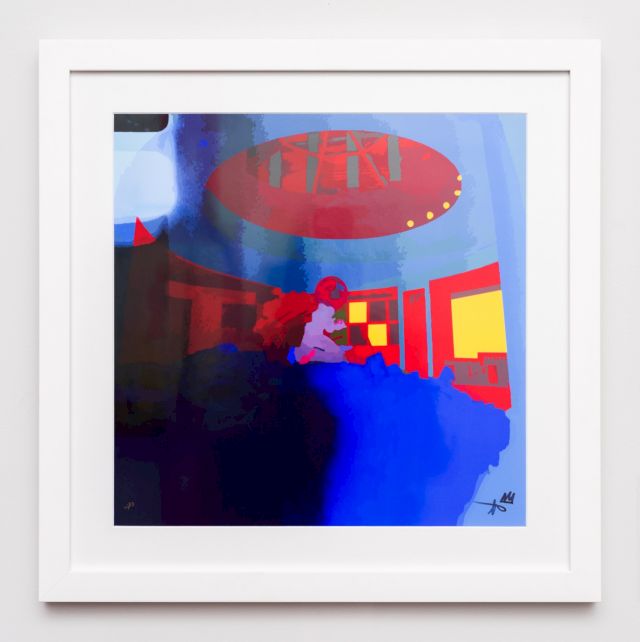
What comes first: an art piece or an empty wall to fill?
The need to create or express was always there for us. But we needed space to allow it to grow and flourish. The home that we live in now created that opportunity to dive deeper into our creativity. The interplay of space and art influences that experience and for us that dialogue didn’t happen with a white wall. The architecture and the elemental materials of this house like stone, wood and steel inspire that conversation. This is a concept we have really enjoyed exploring with “Falling Lines”, in particular.
You commissioned artists in the past to create pieces for you, why did you choose this path of collecting?
I never really imagined or thought I would become a collector when starting out. I was initially just supporting artists or creating meaningful spaces to bring people together for meaningful experiences and conversations. The commitment and consistency in that mission organically formed a collective and collection that we are excited to grow and share. Our commissioned works is our attempt to influence the zeitgeist of art and interior design inspired by the artists and the spaces we are lucky to work with. While I may be considered a collector, the mission has always been create meaningful design and experiences and investing in developing the artists and infrastructure of the future.


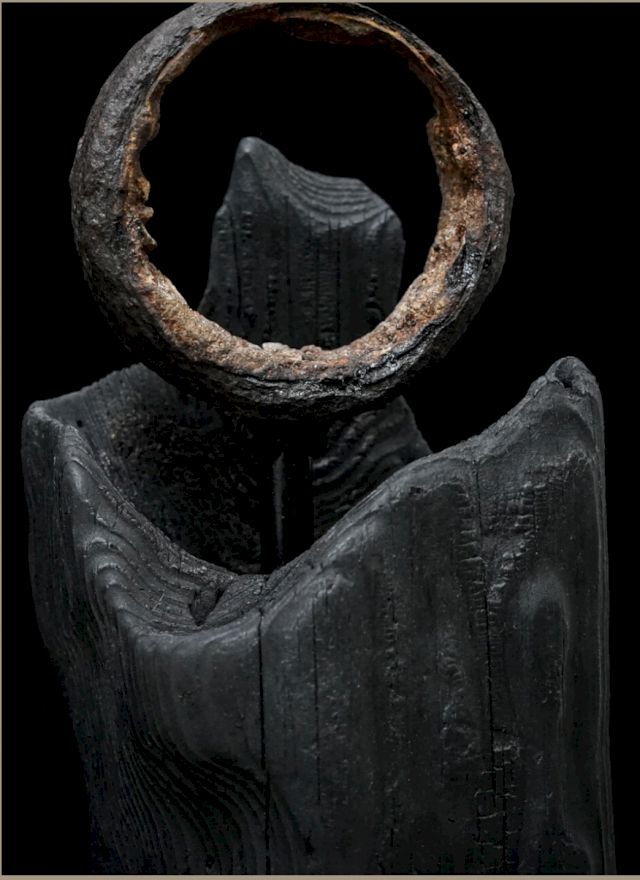
All image rights were provided by The Ori House. Who have allowed us to use the image material.